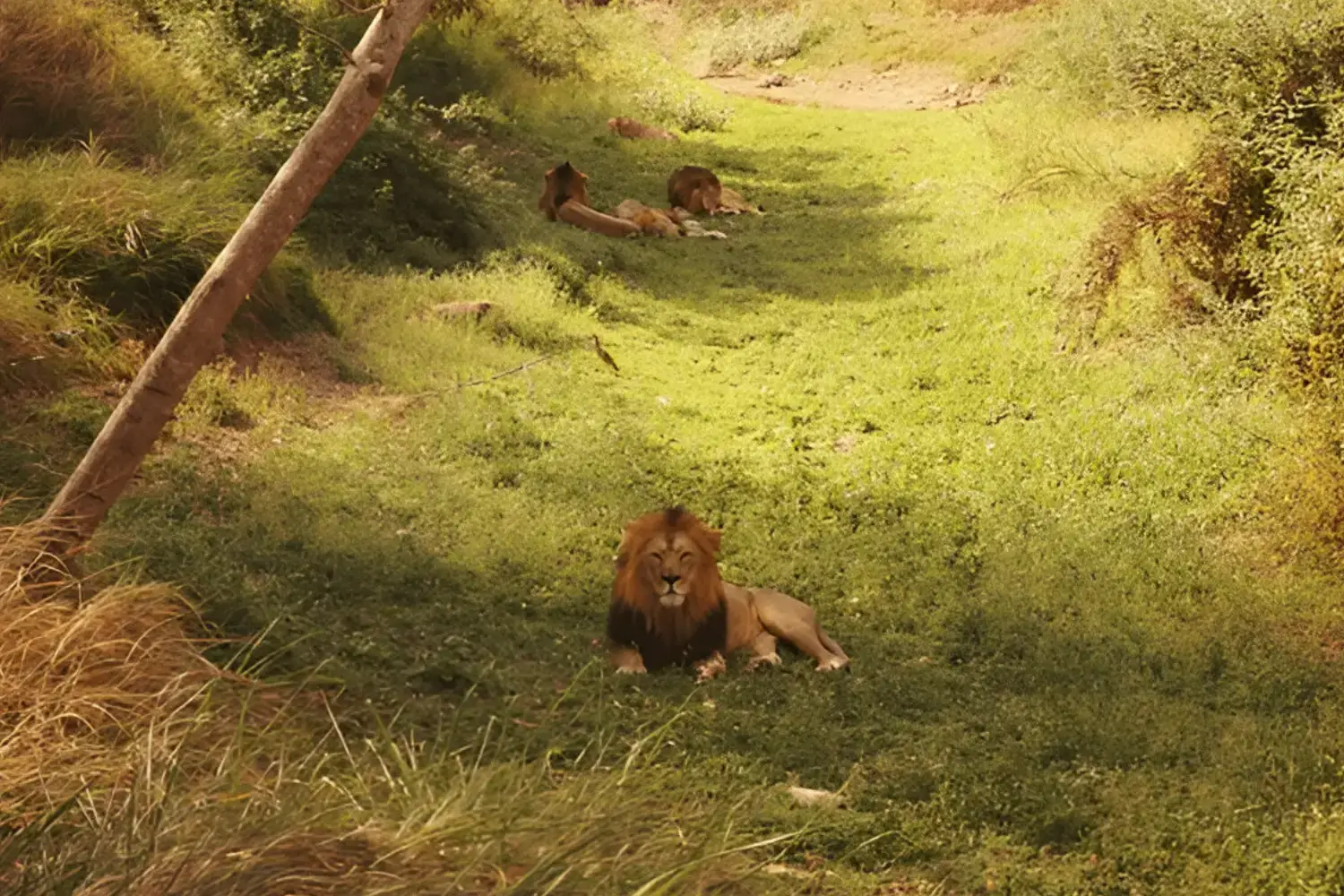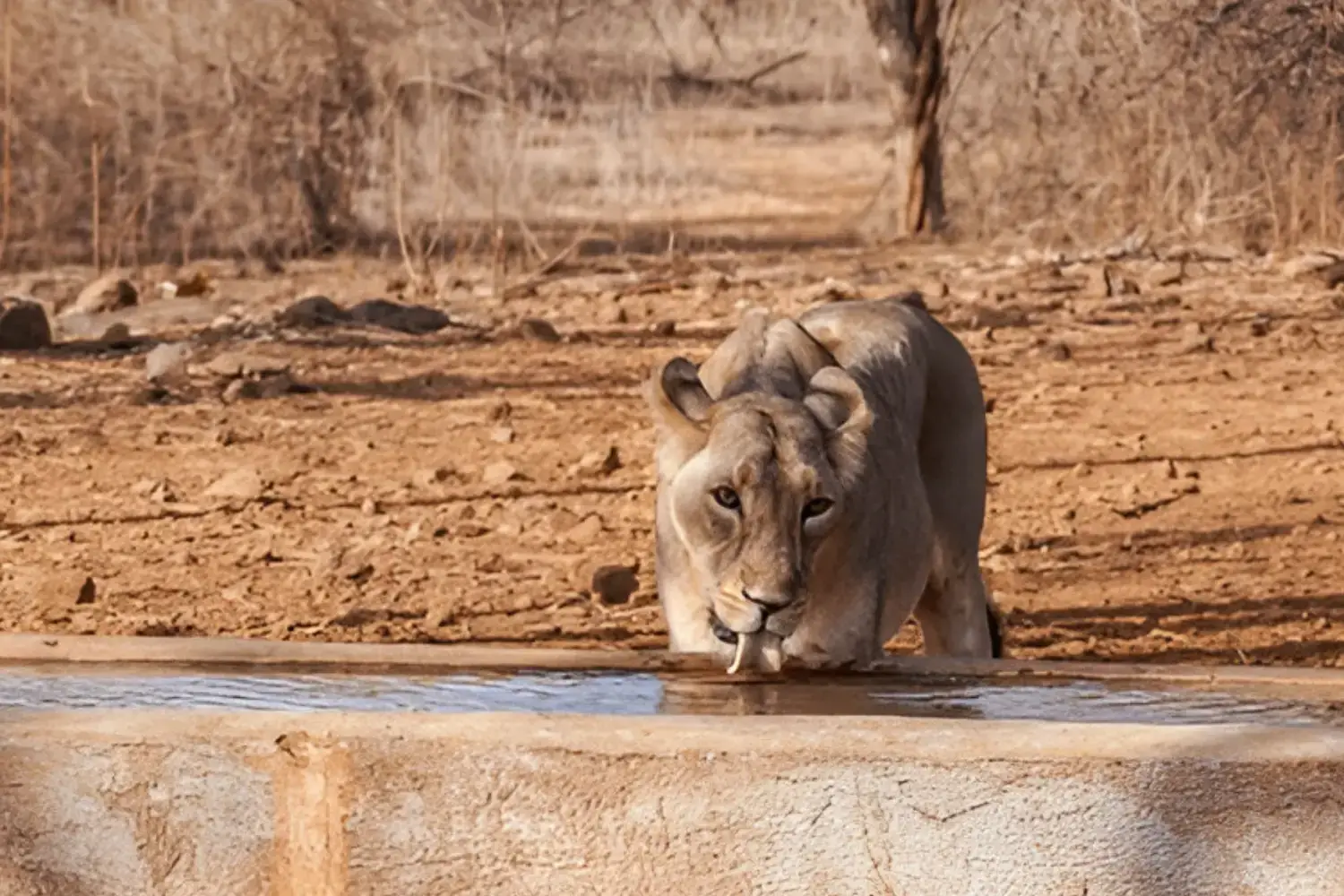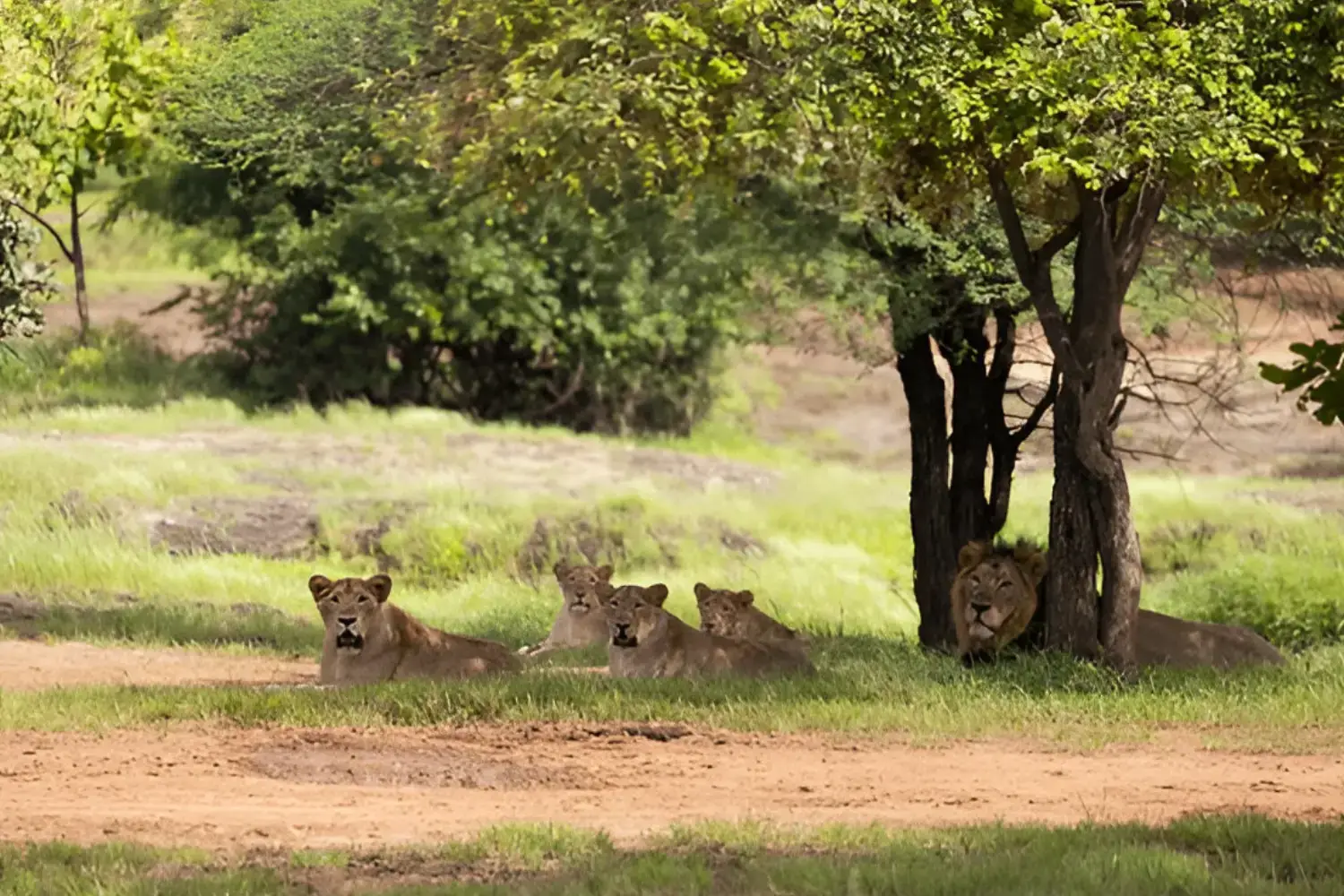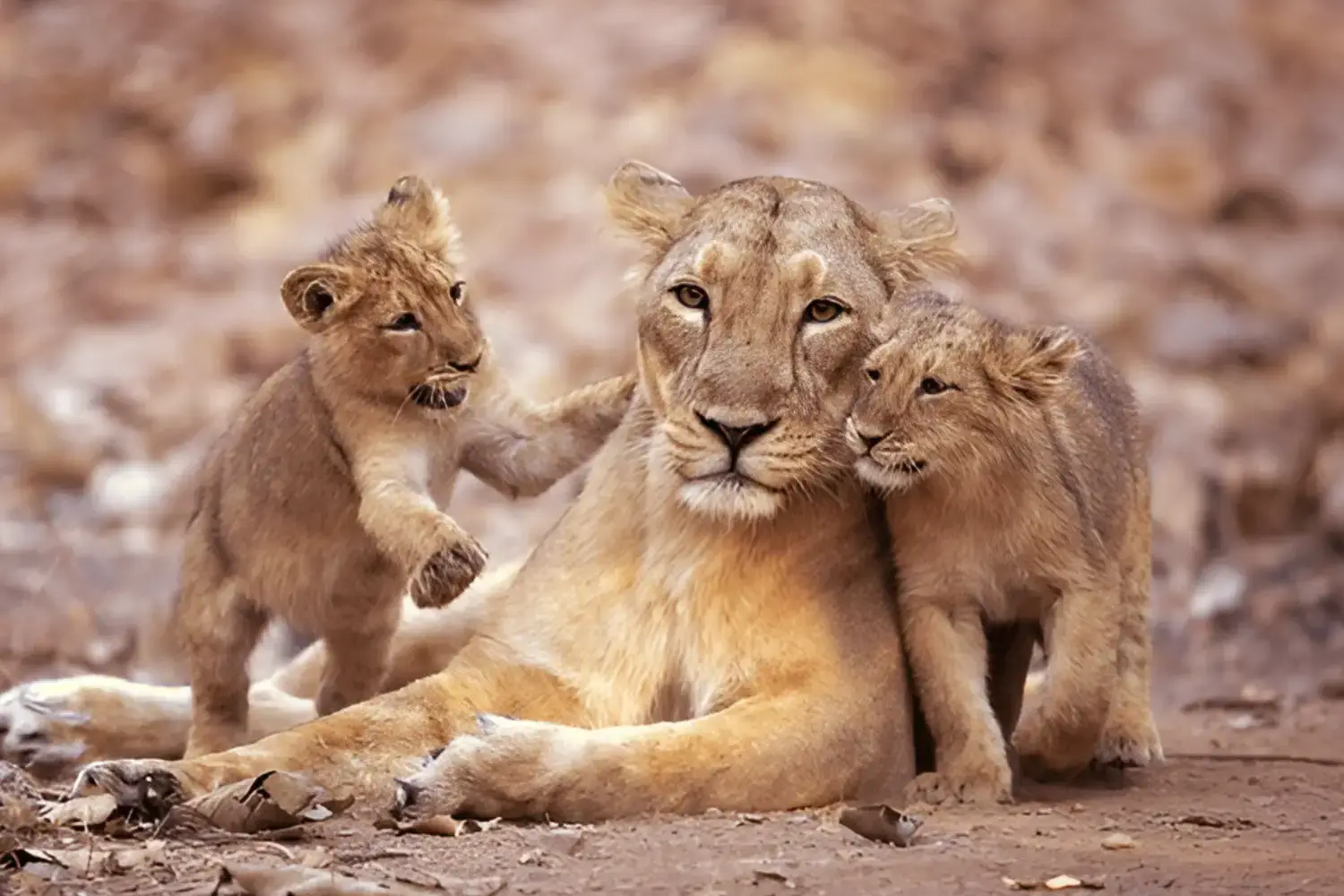Gujarat Roars: 32% Rise in Lion Population in Five Years

Latest Update : For the upcoming season 2025/26, safari bookings are open for Gir National Park. Always book your safari in advance.

On World Lion Day (August 10, 2025), India celebrates a conservation success, as the population of Asiatic lions in Gujarat has been found to have increased to 891 lions, representing a stunning 32% increase in just five years. Results from the 16th Lion Census, conducted from May 10th to May 13th across 35,000 sq km in 11 districts, indicate the amazing big cats are now roaming an area far greater than their traditional homelands in Gir National Park. From Barda Sanctuary to the Gir, the lions are no longer restricted by their prior boundaries, which encourages hope.

The fact that the Asiatic lion went from near extinction to a rising population is the significant result of real conservation efforts. The lion's range has grown tremendously, from 13,000 sq km in 2005 to now over 35,000 sq km. The positive trend of the Asiatic lion population has been proven time and again over the years:
It is a clear sign that the constant growth of Asiatic lions is a success in implementing conservation efforts, which will lead to ensuring a safe future for this species.

Census Identification Science
The May 2025 census spread across 35,000 sq. km and required combinations of Direct Beat Verification, CCTV, camera traps, GPS collars, and the e-GujForest app. Over 3,000 volunteer and official hours were contributed to the census.
Wealth of Ecosystem
The Gir Wildlife Sanctuary, established back in 1965 and declared as the Gir National Park in 1975, is the ultimate reason for enabling this success story to exist. The park is a modest 258.71 sq km, while the entire Gir Wildlife Sanctuary is 1,151.59 sq km. The Gir ecosystem is very diverse and has many forms of life other than lions, which all acts as a hotspot of biodiversity for the lions
Human–Lion Interface
As lions are increasingly occupying fringes and corridors, opportunities for lions and humans to encounter each other are increasing day by day. Coexistence will largely depend on continued expansion of habitat and the heightened awareness of the local communities.

In 1979, approximately 10 years after the last Asiatic lions were relocated to Gir, the Barda area of Gujarat was declared a sanctuary to ensure the long-term survival of the species.
In
The Asiatic lions of Gujarat are surviving but also thriving. With almost 900 lions, an expanding distribution, and the establishment of other emerging lion populations in Barda, it finely exemplifies the ultimate lion comeback through dedicated conservation efforts and important involvement of the communities as well as strategic planning. But real conservation is not about the number of lions; it is about healthy habitats, natural coexistence with humans, and constant vigilance. As we celebrate World Lion Day, let us remember and celebrate this tale of comeback, and let it spur us on for the continued efforts taking place till now and for the new adventures, and let us ensure that the sound of the Asiatic lion's roar is heard for generations to come. The lions surely have an exciting future ahead of them.